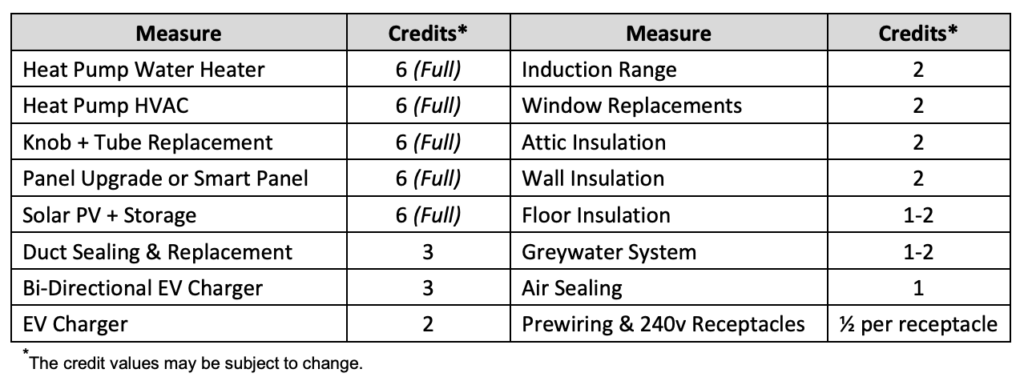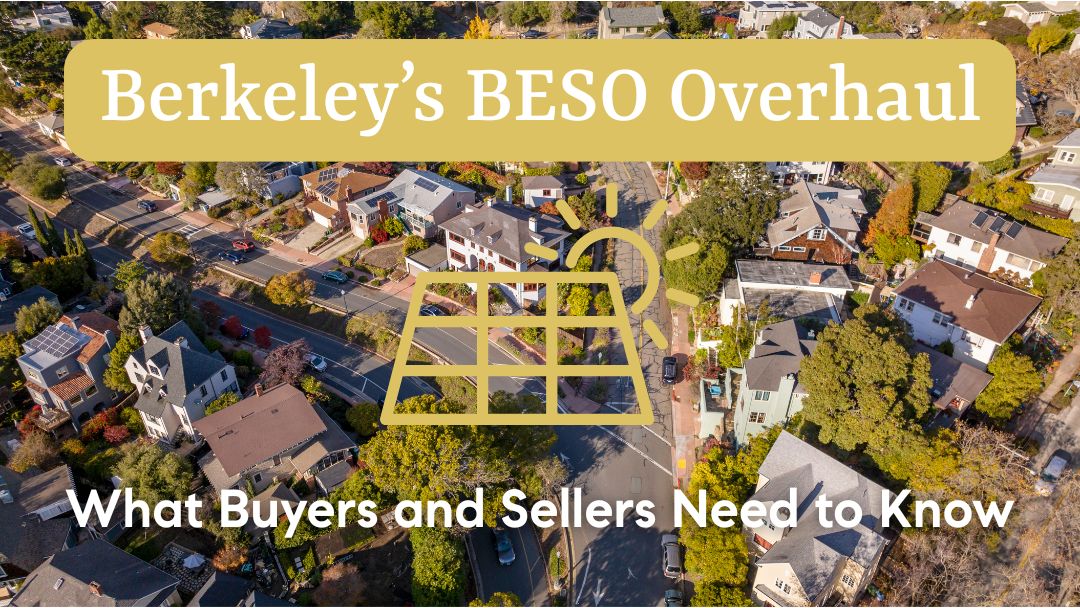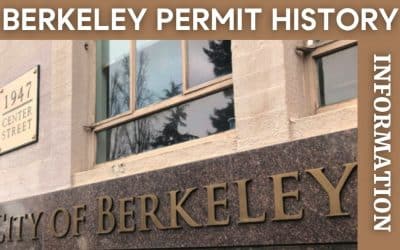Berkeley has long stood at the forefront of progressive environmental policy, and nowhere is that more evident than in the city’s approach to building emissions. In 2015, the city launched the Building Emissions Saving Ordinance—commonly known as BESO—as part of a broader effort to meet ambitious climate targets and transition toward a more energy-efficient built environment. The program initially focused on increasing transparency around energy consumption at the time of sale by requiring homeowners and commercial property owners to obtain an energy assessment. The idea was straightforward: if people knew how their buildings performed, they’d be more likely to make improvements.
But transparency alone, it turns out, wasn’t enough. According to data from the City of Berkeley, fewer than 3% of property owners took voluntary action on the recommendations provided in BESO reports. This lackluster compliance rate prompted the city to revisit the ordinance in hopes of creating stronger incentives—and in some cases, firm requirements—for homeowners to upgrade their systems, reduce greenhouse gas emissions, and align with the city’s 2030 Climate Action Plan, which calls for a 60.5% reduction in emissions from 2018 levels.
Raising the Stakes: What’s Changing in 2026
The result is a significant expansion of BESO, passed by the City Council in April 2024 and scheduled to take effect beginning January 1, 2026. These new rules focus primarily on residential properties with one to four units and represent a major shift in the city’s approach. No longer just an assessment and disclosure program, BESO will now require property owners to take meaningful action at the point of sale—or place funds in escrow to ensure the work gets done shortly thereafter.
Under the updated ordinance, all 1–2 unit residential properties sold after the effective date must demonstrate that they have achieved at least six “emissions resiliency credits” through a prescribed menu of energy efficiency and electrification upgrades. Common ways to earn credits include installing a heat pump water heater or a heat pump HVAC system—each of which earns the full six credits required for compliance. Other eligible improvements include the installation of solar photovoltaic systems with battery storage, replacement of knob-and-tube wiring, or upgrades like smart electrical panels. Partial credit is available for improvements such as attic or wall insulation, window replacements, and duct sealing, which can be combined to meet the minimum requirement.
BESO Credits Options

In cases where sellers cannot or choose not to complete the work before closing, the city offers an alternative. The seller can apply to defer BESO compliance to the buyer for a $110 fee. Then, a $5,000 escrow deposit—usually split between buyer and seller— allows the buyer up to two years post-closing to complete the work. If the upgrades are not completed in that window, the funds are forfeited and redirected to a city-managed fund dedicated to low-income emissions reduction programs.
Not all properties are subject to the new rules. Units under 850 square feet and certain attached condominiums are exempt, and buildings that have undergone major permitted renovations—or are new constructions—may be eligible for a 10-year deferral, provided the required documentation is submitted and approved by the city.
Navigating the Path to Compliance
For homeowners preparing to sell, the easiest and most cost-effective path to compliance is the installation of a heat pump water heater. This single upgrade earns all six required credits and is eligible for rebates through regional programs such as BayREN and the Inflation Reduction Act’s electrification incentives. The cost, while not negligible, is often offset by long-term utility savings and available financial assistance.
Buyers and sellers alike should factor these compliance costs into their transaction planning. Some may opt to complete upgrades before listing to market the home as “BESO compliant,” while others may negotiate post-sale upgrade responsibilities and price concessions. Either approach requires a clear understanding of the requirements and the timelines for fulfillment.
Why Invest?
That said, a key question arises in the escrow route: if the buyer is only contributing half of the $5,000 deposit—typically $2,500—what incentive do they have to spend more than that on upgrades?
The answer lies in how the BESO escrow is structured. It’s a performance bond, not a cost cap. If the buyer spends, for example, $3,000 on a heat pump water heater and submits proper documentation, they receive the full $5,000 back—resulting in a net benefit. But if they do nothing, the money is forfeited. This creates a rational incentive to invest slightly more than one’s share in order to recover the entire deposit.
In addition to the financial incentive, buyers also gain long-term benefits from lower energy bills, improved comfort, and higher resale value—especially in a community like Berkeley where environmental performance matters. Some will act out of civic commitment, others out of self-interest, but the compliance framework nudges most toward completion.
Still, the city has acknowledged this loophole: there’s currently no enforcement beyond escrow forfeiture. No liens, no future fines—yet. However, failure to complete BESO upgrades may eventually complicate future permitting or resale if new disclosure or tracking rules are introduced. The safest strategy—for both financial and legal reasons—is to complete the upgrades within the compliance window.
I am personally committed to staying closely informed on the BESO process, including how to document compliance, apply for deferrals, and verify available rebates. As the January 2026 implementation date approaches, proactive education and planning will be essential to avoid costly delays or misunderstandings at closing.
A New Layer of Complexity in Berkeley Real Estate
The upcoming changes to BESO will likely reshape parts of the Berkeley real estate market. Homes that have already made energy-efficient upgrades may see a boost in value, while those with deferred maintenance or outdated systems could experience pricing pressure. Buyers may become more discerning, asking not just about square footage and school districts, but also about emissions credits and electrification readiness.
At the same time, the upgrades required by BESO align with broader market trends toward sustainability, electrification, and reduced carbon footprints. Over time, the ordinance could create a more resilient and desirable housing stock across the city—though that transformation will come with costs, both financial and logistical, particularly in the short term.
Contractor availability may become a bottleneck, especially if homeowners wait until the last minute to schedule assessments or install equipment. And while rebate programs help, they often require upfront capital that not every seller can easily access. For these reasons, BESO compliance should be considered early in the sale preparation process, ideally in tandem with other pre-listing improvements.
Conclusion
Ultimately, the revised BESO ordinance reflects Berkeley’s long-standing values: environmental responsibility, climate leadership, and a commitment to equity in the energy transition. For property owners, it also marks a shift in what it means to be “market-ready.” Compliance with these new rules won’t just be a box to check—it will be a key part of how homes are evaluated, marketed, and sold in Berkeley’s evolving housing landscape.
My commitment to sustainability remains undiminished in the light of these changes, and I will be with you every step of the way to help navigate these new requirements. If you ever have questions about how these or other municipal requirements may impact your property, don’t hesitate to contact me to discuss.




